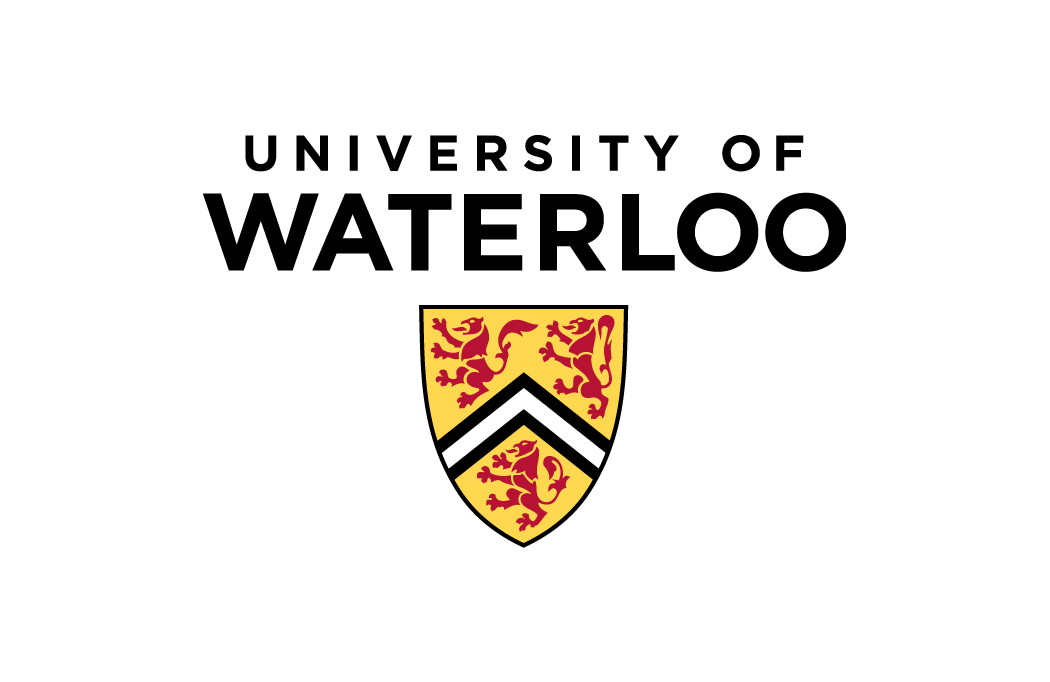Réunion d'hiver SMC 2017
Waterloo, 8 - 11 décembre 2017
Conférences plénières
[PDF]
[PDF]
- BILL COOK, University of Waterloo
Exact solutions to the traveling salesman problem [PDF]
-
Few math models scream impossible as loudly as the traveling salesman problem.
Given $n$ cities, the TSP asks for the shortest route to take you to all of them.
Easy to state, but if P $\neq$ NP, then no solution method can have good asymptotic performance as $n$ goes off to infinity.
The popular interpretation is that we simply cannot exactly solve realistic examples.
But this skips over nearly 70 years of intense mathematical study.
Indeed, in 1949 Julia Robinson described the TSP challenge in practical terms: ``Since there are only a finite number of paths to consider, the problem consists in finding a method for picking out the optimal path when $n$ is moderately large, say $n$ = 50."
She went on to propose a linear programming attack that was adopted by her RAND colleagues Dantzig, Fulkerson, and Johnson several years later.
Following in the footsteps of these giants, we use linear programming to show that a certain tour of 49,603 historic sites in the US is shortest possible, measuring distance with point-to-point walking routes obtained from Google Maps. We highlight aspects of the modern study of polyhedral combinatorics and discrete optimization that make the computation feasible. This is joint work with Daniel Espinoza, Marcos Goycoolea, and Keld Helsgaun.
- ILIJAS FARAH, York University
Necessary uses of abstract set theory in mathematics [PDF]
-
Every now and then, a difficult mathematical problem turns out to be difficult for a particularly objective reason: Provably, it cannot be solved by using `conventional' means. Think solving the quintic or duplicating the cube. I’ll discuss more recent - and more sophisticated - examples of such problems, with some emphasis to those coming from the theory of operator algebras.
- JOEL KAMNITZER, University of Toronto
Geometric constructions in representation theory and symplectic duality [PDF]
-
There are two geometric realizations of the representations of a
semisimple Lie algebra. The first construction uses quiver varieties,
while the second uses geometric Langlands duality. A long-standing
open problem is to relate these two geometric constructions. We are
now very close to answering this question using some input from
theoretical physics, in particular through the moduli of vacua for 3d
supersymmetric field theories.
- NIKY KAMRAN, McGill University
Solving the Einstein equations holographically [PDF]
-
We will give a motivated introduction to a problem of geometric analysis which consists in solving the Einstein equations by prescribing data on the time-like conformal boundary of space-time. This point of view, known as holography, is motivated by the AdS/CFT correspondence, a conjectural correspondence relating conformal field theory on the time-like conformal boundary of space-time to the geometry of the space-time in its interior. We will present some the main known results the problem of solving the Einstein equations holographically and indicate open problems. This is joint work with Alberto Enciso (ICMAT, Madrid).
- NATALIA KOMAROVA, University of California
Mathematical methods in evolutionary dynamics [PDF]
-
volutionary dynamics permeates life and life-like systems. Mathematical methods can be used to study evolutionary processes, such as selection, mutation, and drift, and to make sense of many phenomena in the life sciences. How likely is a single mutant to take over a population of individuals? What is the speed of evolution, if things have to get worse before they can get better (aka, fitness valley crossing)? Can cooperation, hierarchical relationships between individuals, spatial interactions, or randomness influence the speed or direction of evolution? Applications to biomedicine will be discussed.





